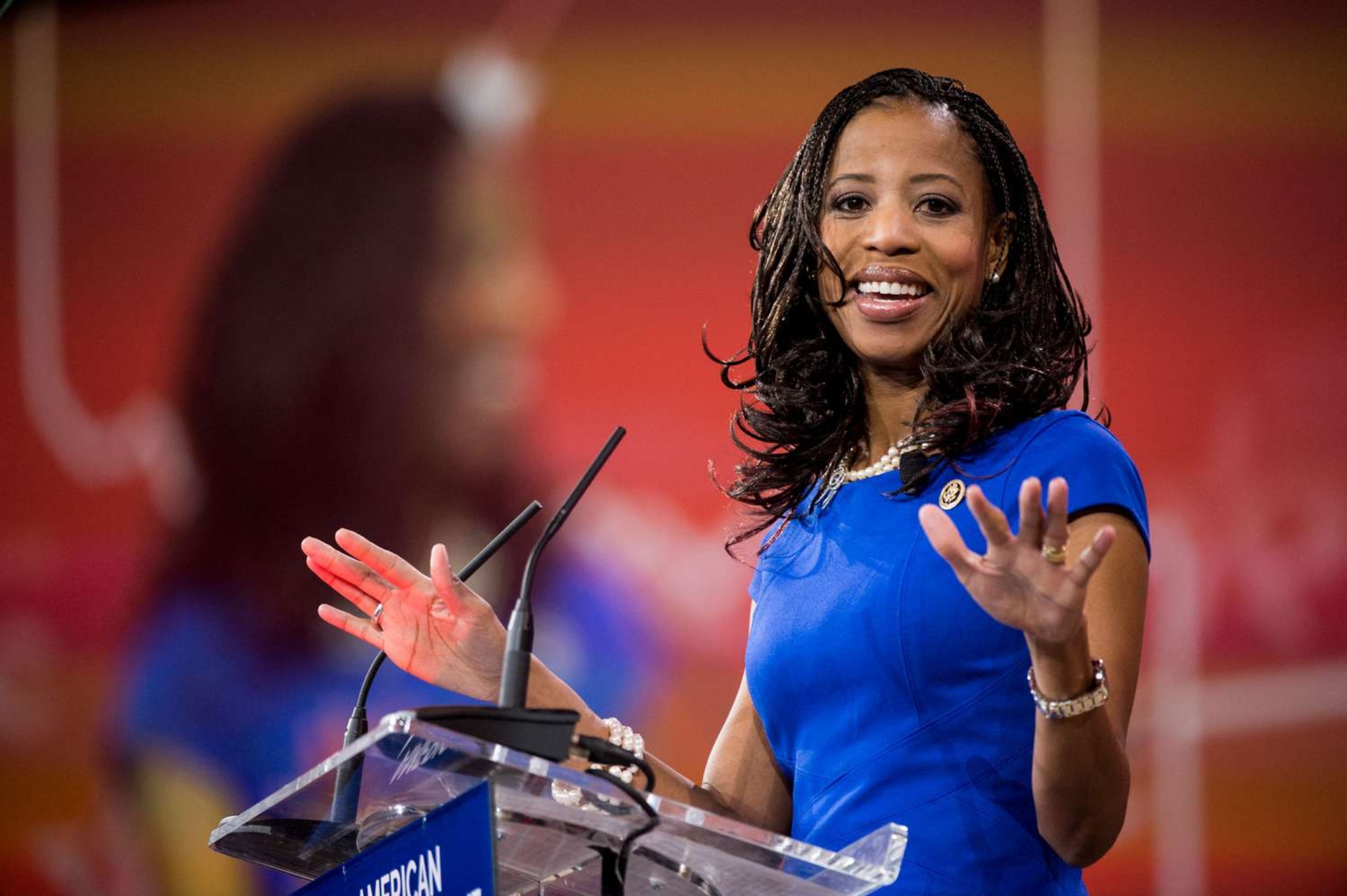For Neha Bapna, nothing matters more than her dog Muffin.
Every time she travels by train across India, her four-year-old Shih Tzu is always by her side—settled comfortably in first class. Muffin only eats hypoallergenic food, often costing twice as much as regular dog food and treats.
“I’ve spent countless sleepless nights figuring out what food works best for him. He’s my child, and I don’t want him to have any discomfort,” says the 43-year-old Mumbai-based entrepreneur.
Once a luxury reserved for the ultra-wealthy, pampering pets has become a growing trend among affluent and middle-class urban Indians, such as Ms. Bapna. This shift is driving a rapid boom in India’s pet care industry, which has nearly doubled in value in recent years.
The pandemic played a significant role, according to Ankur Bisen, senior partner at Technopak retail consultancy.
"COVID-19 created a strong need for companionship when people were at home. You saw young mothers, first-time employees, and those who chose not to have children all embracing pet ownership," he explains.
According to a report by consulting firm Redseer, the number of pets in Indian households grew significantly from 26 million in 2019 to 32 million in 2024.
With changing family dynamics, such as late marriages and smaller households, pets are now being treated like children in many urban homes.
Nikhil Bhushan and Lakshna Gulati, a couple from Delhi, see raising pets as their way of experiencing parenthood without the complexities of biological children.
"We weren’t ready for children when we got married five years ago, but rescuing our pets, Mowgli the dog and Marmalade the cat, made our house feel like home," says Mr. Bhushan. "They bring us so much joy, and seeing them every day brightens our lives."
Ms. Gulati adds, "We love to spoil them. If we see a toy they might like, we buy it, even knowing it will probably get destroyed in no time."
In 2024, Indians spent $3.6 billion on pet-related products and services, a significant rise from $1.6 billion in 2019, according to Redseer.
This surge in spending is driven by emerging trends like pet boarding, insurance, and specialized veterinary services.
“Twenty years ago, pet care was limited to basic needs like vaccinations and checkups,” says Pankaj Poddar, CEO of pet care company Zigly. “Now, pet owners want the best for their pets, from clothing and accessories to specialized services. I’ve seen parents spend up to 10% of their income on their pets—be it special parties or regular checkups."
For example, Ms. Bapna spends between 25,000 and 40,000 rupees ($290; £220) a month on Muffin, mostly for his travel and special diet.
She frequently takes him on trips, whether it's a quick outing to a nearby farmhouse or a longer stay at a pet-friendly resort, often paying a premium for accommodations that cater to pets.
When traveling by train to visit her parents in Jodhpur, she buys first-class tickets—more than twice the cost of regular tickets—since pets are only allowed in first-class coaches in India.
"I don’t mind the expense," says Ms. Bapna. "When it comes to Muffin, I make no compromises."
This growing demand has been a boon for pet care businesses like Zigly.
"In the last eight to nine months, we’ve seen month-on-month growth of 7% to 10%," says Mr. Poddar. His company has reached a monthly gross merchandise value of about 46 million rupees and expects to hit 1 billion rupees by next year.
Companies offering more affordable services, like pet care chain The Pet Point, have also emerged to cater to a broader middle-class market.
"Today, most pet parents prioritize value for money over premium services," says Akshay Mahendru, co-founder of The Pet Point. "For example, they’re more likely to pay 600 rupees for weekly grooming rather than something more expensive, like 1,500 rupees."
Mahendru also notes a huge increase in sales of affordable pet products like toys and snacks, especially with the rise of quick commerce platforms such as Zepto and Blinkit, which deliver in 10-15 minutes.
Experts are optimistic that India’s pet care market has even more room for growth, mirroring global trends. Bloomberg Intelligence’s Pet Economy Report 2023 suggests the global pet care market, valued at $320 billion, could exceed $500 billion by the end of this decade.
According to Redseer, India’s pet care market could double within three years, potentially surpassing $7 billion by 2028.
However, there are still challenges. Unequal economic growth, slowing consumption, and wage stagnation could dampen the industry’s expansion.
Furthermore, many cities lack pet-friendly public spaces, hotels, and transport options, making travel with pets more difficult.
Mr. Bhushan and Ms. Gulati, for instance, always bring portable beds and disposable plates for Mowgli when they travel. "But the biggest challenge is finding pet-friendly restaurants," Mr. Bhushan says. "Many places don’t allow pets, which limits our options."
Ms. Bapna faces similar issues when traveling with Muffin but remains hopeful about the future.
"When I got Muffin in 2021, there were very few pet-friendly places and activities. Now, in Mumbai, there are special events, resorts, and cafes that welcome pets," she says.
Muffin now enjoys attending “socialization events” where he plays with other dogs, or visiting pet festivals where he can try out new treats and games.
"I’m hopeful about the future," Ms. Bapna says, smiling. "Things are improving."






.jpg)



.jpg)